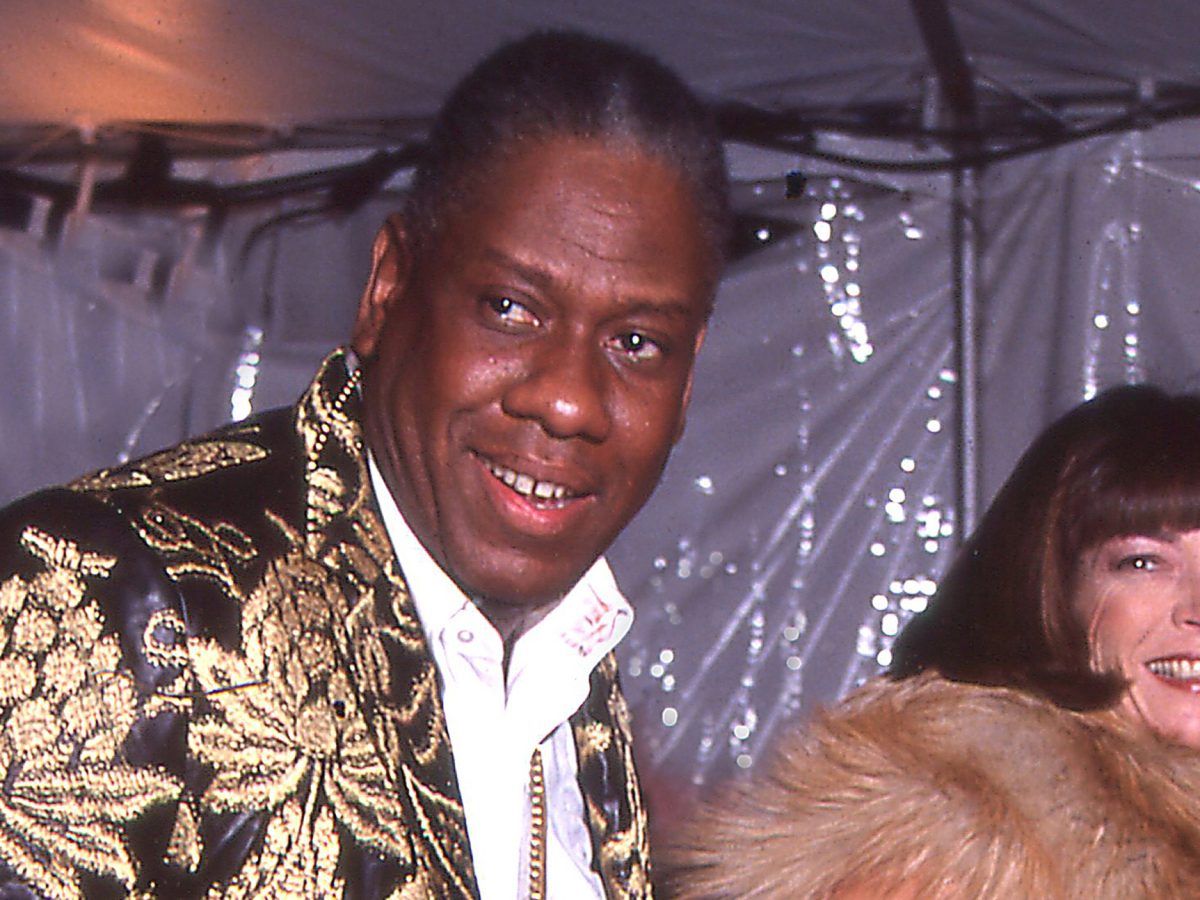
The 2025 Met Gala is set to shine a spotlight on Black culture with a theme that celebrates the essence of Black Dandyism. This year’s theme invites celebrities and models to embrace what it means to embody a ‘Black Dandy,’ a style that transcends mere fashion, representing a legacy of resistance, refinement, and self-expression.
Fashion historian and pop culture archivist Nygel Simons explains that Black Dandyism is more than just aesthetics. It is a form of resistance through sartorial glamour that traces its roots back to the Post-Emancipation era, where Black individuals used clothing as a tool for survival and defiance against racial stereotypes. For Simons, style has always been about more than just clothing; it is about freedom. “Black style has never just been about fashion, it’s been about freedom,” he tells Essence GU. “This year’s Met Gala is finally meeting us where we’ve always been at: the center of influence.”
The Black Dandy tradition goes beyond extravagant clothes—it’s a declaration of one’s worth and existence in spaces that often tried to exclude Black people. It challenges stereotypical notions of Black masculinity, offering an expansive definition that embraces softness, vulnerability, and extravagance, not just hard authority or utilitarianism. Each choice of color, fabric, and cut becomes a statement about individuality, history, and power.
Simons notes that the influence of Black Dandyism can be traced through music genres like jazz and rap, political movements such as the Civil Rights movement, and continues to evolve in today’s culture. He emphasizes that Black fashion culture has always been about visibility and making Black bodies seen through style. “We’ve always had to dress ourselves into existence,” Simons reflects. “From Sunday church outfits to the Ghetto Fabulous aesthetic, our style has said: ‘You will see me.’ It’s not just about being fly, it’s about survival, power, joy, and lineage.”
Some of history’s most iconic Black Dandies, according to Simons, include Fonzworth Bentley, Kanye West, Dapper Dan, and André Leon Talley—whom Simons describes as a “cathedral of taste and elegance.”
The late André Leon Talley is often seen as the quintessential Black Dandy. Not only did he make his mark as the former Editor-at-Large of Vogue, but his cultural influence transcended the magazine industry. For Simons, Talley’s insistence on making Black fashion visible in a space historically hostile to Black creators symbolized the possibility of asserting one’s identity without compromise. “The fact that this Met Gala is centering Black Dandyism feels like a spiritual extension of his work,” Simons says.
In today’s world, Simons believes dandyism has evolved from rigid dress codes to an expression of energy and personality. Masculine energy, according to Simons, can be embodied by anyone, whether through clothes, accessories, or shoes. This modern shift is visible in how Black fashion icons remix traditional attire. The blending of fine tailoring with sneakers, silk with denim, or grills with Chanel pearls may seem improvisational, but for Simons, it’s a deliberate expression of individuality.
Modern Black Dandies who stand out to Simons include Colman Domingo, Janelle Monáe, Law Roach, Doechii, Wisdom Kaye, and Jaden Smith.
While Simons initially felt excitement upon hearing the Met Gala theme announcement, what remained was a sense of relief. “This year’s theme acknowledges that Black style isn’t derivative; it’s origin. It sets the tone,” he says. Highlighting Black Dandyism at the Met Gala is a significant move, as it finally brings long-overdue attention to a culture that has shaped the fashion industry, from street style to traditional wear.
However, Simons is also cautious about the potential for misrepresentation and appropriation. He hopes that those walking the red carpet will understand the depth of Black Dandyism, exploring its history, significance, and cultural context in their designs. “Black Dandyism is more than just a flashy suit. It’s political, ancestral, and spiritual.”
Simons urges that the Met Gala’s focus on Black Dandyism should spark broader conversations about accessibility, equity, and ownership in the fashion industry—an industry that has long revered Black style, yet has often excluded those responsible for creating its influence. “Visibility is currency,” Simons says, adding that while this moment will open doors for Black designers, stylists, and historians, it must lead to lasting structural inclusion. “This can’t be just a one-night spotlight.”
For Simons, the path to greater equity in fashion mirrors that of many other industries in need of change. Institutions like the Met can help empower Black fashion culture by hiring more Black curators, funding Black archives, building relationships with communities outside the elite fashion circles, and ensuring Black creators are properly credited and given space to thrive.
“It’s about long-term inclusion, not just momentary recognition,” says Simons.